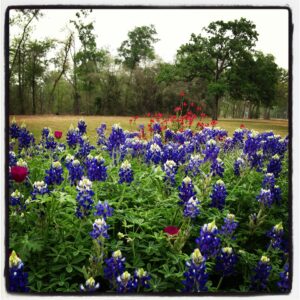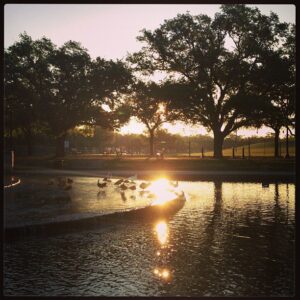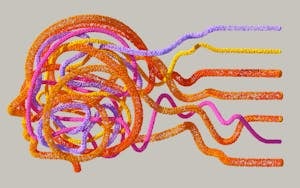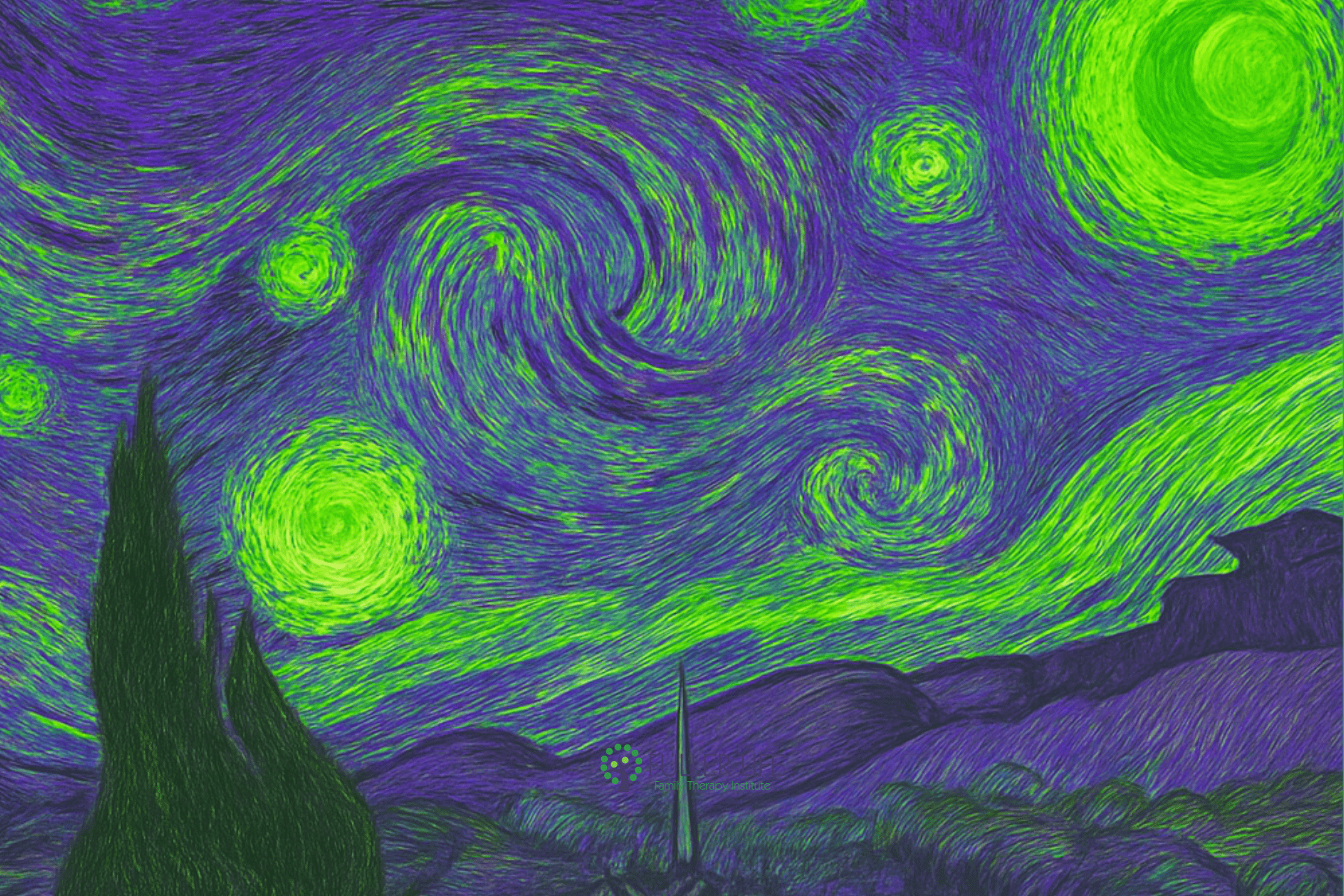Healing Practices: The Healing Power of Beautiful Spaces
Many of us practice daily habits in order to maintain our health. We brush our teeth every day as an essential step of oral and heart health. Many of us engage in some form of daily exercise to maintain our physical health. How many of us are aware that daily habits are also an important aspect of emotional health?
Over the next few weeks, we will explore some of these daily practices. Daily habits can contribute to increased levels of happiness and contentment. Several have been shown to decrease levels of anxiety and depression. Moreover, we can also increase our immune system functioning and our feelings of well being. Just as we pick up our toothbrush every day, we can begin to create new habits that influence the way we feel.
Self-Care Practice
Many think, “If only ___________ (fill in name of person) would change, then I could be happy.” It is tempting to believe. However, it is unhealthy when we put all of our hopes solely on the shoulders of someone else. We end up thinking we have no control of our ability to feel better. It is impossible to make another person change and will only create frustration in a relationship.
The good news is that people have the ability within themselves to create higher levels of contentment and happiness. We can even enhance our relationships, when we let go of trying to change others and transfer that energy to personal daily healing practices. This week we will focus on the healing power of beautiful spaces.
The Healing Power of Beautiful Spaces

The human soul is hungry for beauty; we seek it everywhere—in landscape, music, art, clothes, furniture, gardening, companionship, love, religion, and in ourselves. John O’Donohue
In 1984, Roger Ulrich, an environmental psychologist, published an article about the effects of our environment on the healing process. He studied patients who had gallbladder surgery. Half of the patients recovered from their surgery in a room with a window overlooking a grove of trees. The other half of the patients had a window that faced a brick wall. The experiment noted that the patients facing the trees had less negative comments toward their nurses, needed less pain medication, and left the hospital a full day earlier than the patients who looked at a brick wall.

Most of us have experienced this healing power intuitively. We are drawn to majestic waves crashing in the ocean. Snow-covered mountain peaks captivate our attention. We crave sunny days at the park. A long hike. A bike ride. Our bodies already know exactly what we need.
Scientists and psychologists echo what we have already discovered: beauty is restorative to the brain and the body. Dr. Esther Sternberg works in the fields of immunology and neurology. She has collaborated with a number of scientists, including Irving Biederman, to create a hypothesis that when we are in the presence of natural beauty, “endorphins are released in that part of the brain that recognizes a beautiful or preferred view.”
A number of studies have shown that viewing natural environments containing trees for just a few minutes, or even looking at pictures of trees, can lower blood pressure, relax muscle tension, lower levels of fear and anger, reduce pain, ease stress, and shorten recovery time from surgery. (Bays, J.C.)
After a full day of normal stressors (emails, traffic, homework, and fluorescent lights) our bodies end up depleted and fatigued. Time spent in the presence of beauty, can rejuvenate and calm the body, mind, and spirit. We may even think of time spent in beauty as medicine for the soul.
Connect with beauty. Notice any changes in the body before and after time spent in nature.
- Creatively search for beautiful or calming spaces close to where you live.
- Take a walk at a local park.
- Drive down to the ocean for a day.
- Find a hiking trail nearby.
- Bring nature indoors by adding a few plants to the decor.

For more on this topic visit these podcasts on the healing power of beauty:
John O’Donohue: The Inner Landscape of Beauty. On Being with Krista Tippett. January 26, 2012.
Bays, J.C. (2011). How to Train A Wild Elephant & Other Adventures in Mindfulness.
Ulrich, R. S. View through a window may influence recovery from surgery. Science. Vol. 224. Issue 4647. (April 27, 1984).










